DryWashers Gold Mining
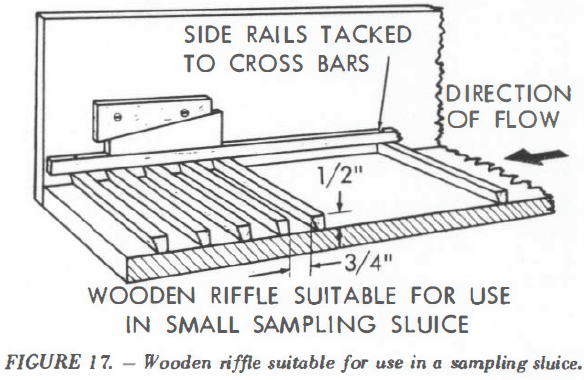
In arid districts where water is scarce or expensive and a “dry” plant is proposed for the recovery of placer gold, a small dry washer may be the logical choice for processing samples. A number of small, hand-powered machines are on the market and most work quite well within certain limits common to all dry […]
Gold Nugget Effect Definition in Sampling
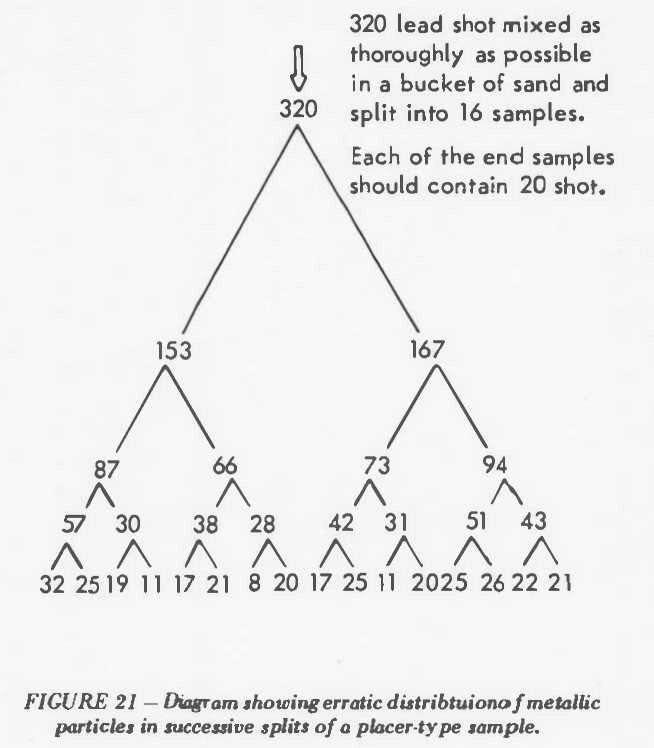
In typical gold deposit (with gravity gold) the variations are so great and the values are so low, any attempt to divide a sample by taking alternate shovels, mechanical splitting, or by other means will invariably yield erratic results. Rather than set out supporting theory which at best would be academic, two examples are offered to show […]
Gold Panning Technique
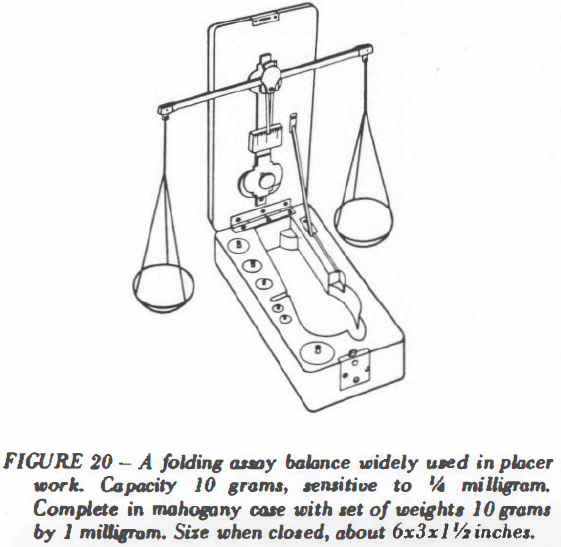
Panning for gold is a simple operation but, at the same time, it is difficult to describe. Although the subtle techniques of gold panning vary with the individual and with the material being washed, the overall gold panning operation can be divided into six basic steps as follows: How to Prepare for Panning After filing the […]
How Gold Bullion is Made
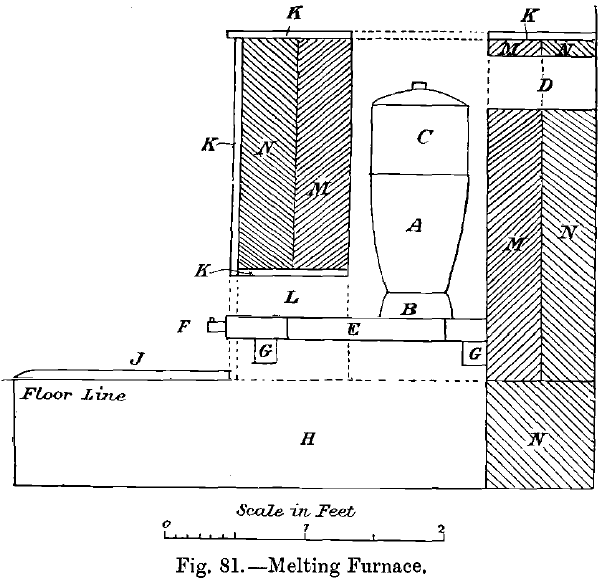
By whatever process gold may have been extracted from its ores, it is necessary to melt the crude bullion and cast it into bars so that its value may be ascertained, and that it may be put into a form convenient for transportation and sale. The name “ bullion ” may be conveniently restricted to […]
Mining Geology Sampling Methods: Channel, Chips, Core
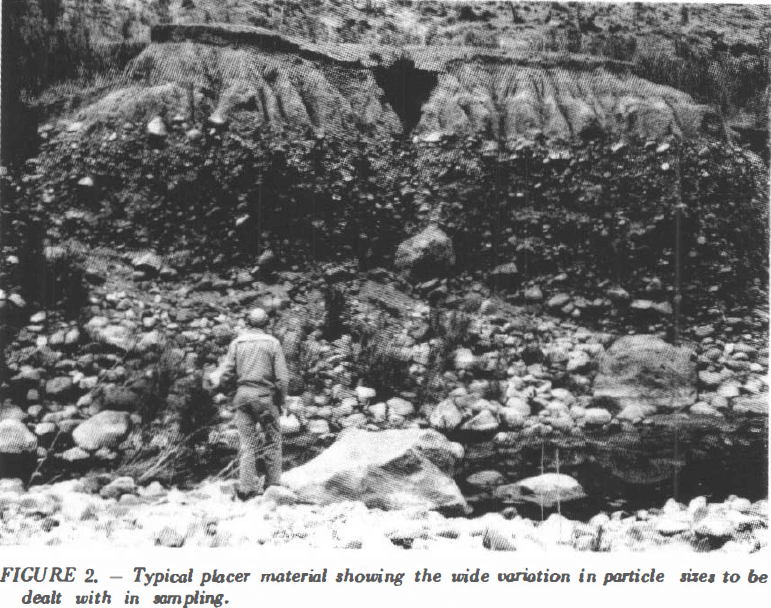
Acquiring a representative gold sample is seldom easy and in almost all cases sample results need a large measure of interpretation. Some of the underlying reasons why mining & geology sampling is difficult are: Large particle sizes to be sampled with. A representative sample should contain all of the constituents of a deposit and in exactly the […]
Methods of Testing Cyanide Solutions

The method given above is difficult to apply when solutions containing soluble cyanides of zinc and other metals require to be titrated. “ A white flocculent precipitate occurs at a certain stage, probably consisting of simple (insoluble) cyanide of zinc, formed by decomposition of the soluble double cyanide: K2ZnCy4 + AgNO3 = KAgCy2 + ZnCy2 […]
Zinc Dust Precipitation

The Merrill System or method or Zinc Dust Precipitation was introduced in 1897 at Marysville, Montana; in the plant of the Montana Mining Co., and subsequently at the Homestake Mine in South Dakota, where 130,000 tons of ore are treated per month and 4000 tons of solution precipitated every 24 hours. With very few exceptions this process […]
Rock Crushers
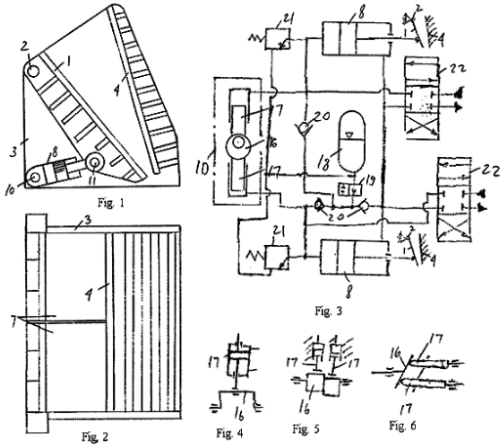
This invention relates to jaw rock crushers. In such known crushers, eccentrics or unbalanced rotors drive one or two oppositely situated swing jaws. The disadvantage of the known jaw rock crushers in comparison with known gyratory crushers lies in their cyclical work. i.e. the jaw makes one power stroke and one idle stroke during one […]
Gold Chlorination Process in VAT

The Munktell Chlorination Process This method was devised by W. Munktell, who seems to have worked it out without having visited either the vat or the barrel chlorination works already established in other parts of the world. The process enjoys the distinction, according to the published accounts, of having been worked at a profit. It […]
The Barrel Gold Chlorination Process
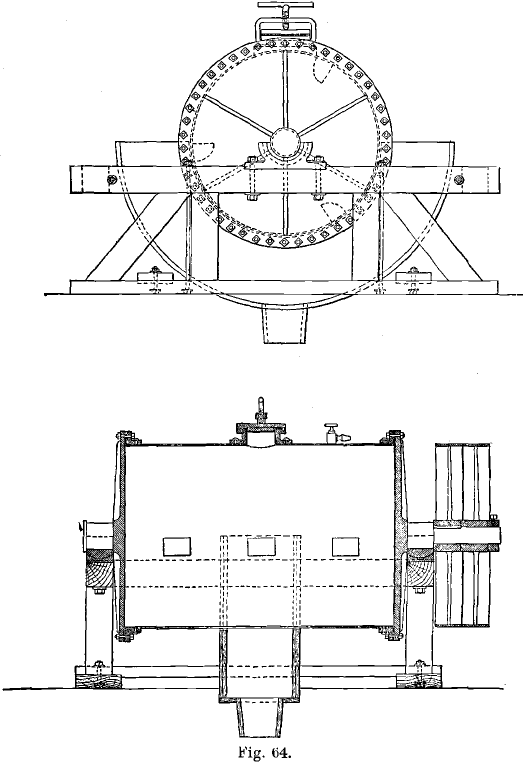
The use of revolving barrels for chlorinating ores was perhaps suggested by the old Freiberg method of barrel amalgamation. It has already been mentioned, p. 239, that Dr. Duflos used a revolving barrel in some of his experiments at Breslau, in 1848, and obtained results almost identical with those given by the vat percolation method. […]
